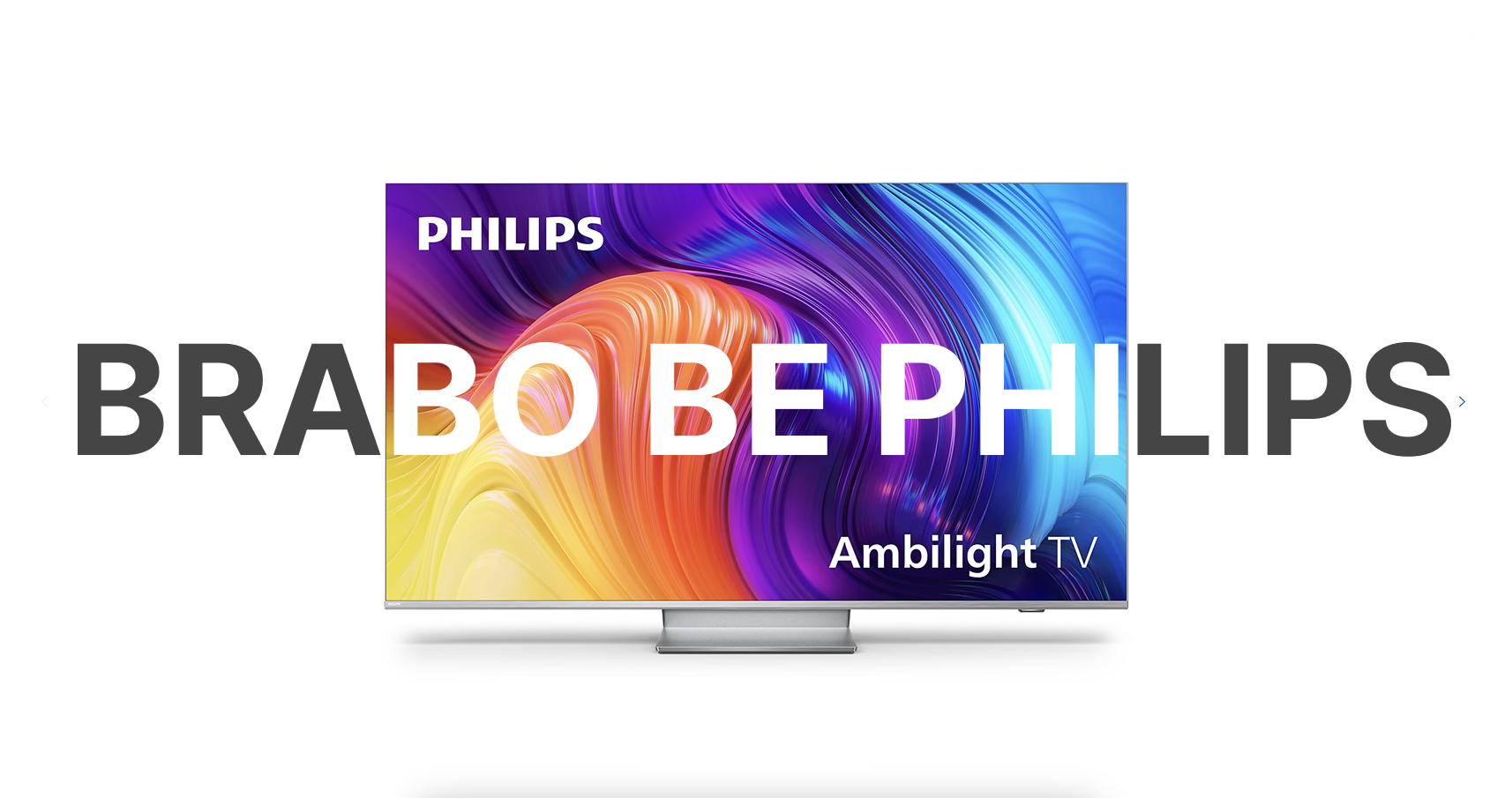
Nothing ruins the cinematic magic of movie night faster than an unexpected "USB not supported" error. And thanks to Philips latest "surprise" update, my plug-and-play setup got bricked. Naturally, instead of watching my movie, I spent my evening rage-Googling a workaround.
I like my setup simple: download a movie on my Mac, toss it onto a USB stick, plug it into my TV, and hit play. No cloud storage nonsense, no buffering, just good old offline bliss.
But on March 3, 2025, Philips decided to flex their firmware muscles and wreck my workflow.
At first, nothing seemed off. No new splash screens, no UI facelift, no ominous "updating..." warning. Then I grabbed my trusty Kingston DataTraveler Max (256GB), already formatted in exFAT, and loaded up my movie. Plugged it into the TV and... “USB not supported.”
Excuse me, what?
Maybe I forgot to eject it properly? (Like that ever matters, right? 😅) Reformatted. Copied the file back. Plugged it in. Same error.
Now I was sweating. Tried another USB stick—same problem. Then I had a flashback: my secondary TV had mysteriously stopped recognizing non-FAT32 drives weeks ago.
Cue frantic Googling.
Turns out, Philips silently removed exFAT support because (and I quote) “they never officially supported it.” Oh, sure. It was just unintentionally working for years? Right.
The Problem: A USB Crisis of Epic Proportions
- My TV no longer supports exFAT.
- FAT/FAT32 has a 4GB file size limit, meaning I’d have to split movies into parts like it’s 2005.
- NTFS? macOS treats it like a toxic ex read-only without extra software.
- HDMI from my Mac? No. I refuse.
I needed a better solution. One that let me watch my movies without bending to Philips’ whims.
The Overkill Fix: Raspberry Pi 5 as a Streaming Server
Luckily, I had a Raspberry Pi 5 collecting dust. It was time to turn it into my personal Netflix, minus the subscription fees and passive-aggressive “Are you still watching?” pop-ups.
The Master Plan:
✅ Store my movies on a 256GB USB drive connected to the Pi.
✅ Access and manage files via a slick web interface.
✅ Stream movies to my TV using MiniDLNA.
✅ Never, ever deal with TV file system drama again.
Enter OpenMediaVault (OMV).
Installing OMV on the Pi
Since I didn't need a bloated GUI, I installed Raspberry Pi OS Lite, enabled SSH, and ran:
sudo wget -O - https://github.com/OpenMediaVault-Plugin-Developers/installScript/raw/master/install | sudo bashBoom! My Pi was now a tiny file server. Until it rebooted and lost its WiFi connection. 🤦
Turns out, OMV removes NetworkManager and replaces it with systemd-networkd. Since I didn’t have an Ethernet connection nearby, I had to relocate my Pi next to my router, plug it in, and configure the network manually.
Lesson learned: If you rely on WiFi, OMV is out to get you.
Setting Up File Storage
- Formatted the USB drive to EXT4 (exFAT is dead to me now).
- Created a shared folder in OMV.
- Set up SMB for file transfers (because dragging and dropping files over the network > fumbling with USB sticks).
SMB vs. FTP vs. FileBrowser: The Ultimate Showdown
First, I tried SMB. It worked, but macOS’s SMB is slower than a dial-up modem from 1999.
Next, FTP. Decent, but capped at ~12MB/s. Not ideal.
Finally, I installed FileBrowser—a web-based file manager for OMV. Super fast, super simple. Now, I could upload movies from my Mac straight to the Pi without speed bottlenecks.
Streaming Movies with MiniDLNA
Once my movies were stored, I installed MiniDLNA via OMV’s plugin system. Seconds later, my CinemaVault server magically appeared on all my TVs.
No more "unsupported USB" errors. No more file system nonsense. Just pure, blissful, network-streamed entertainment.
Or so I thought...
The Subtitle Debacle
The movie was in German. And while I can understand some German, my vocabulary is mostly limited to “bratwurst.” So, subtitles were a must.
I did the standard trick: put movie.srt next to movie.mkv. Hit play. No subtitles.
Turns out, MiniDLNA treats external subtitles like an optional feature. As in, they might work. Or not. Who knows?
Some DLNA clients (like VLC) support external subtitles, while others (like many smart TVs) do not.
The Hack: Embedding Subtitles with FFmpeg
Since MiniDLNA wasn’t playing nice, I went full command-line nerd and hardcoded the subtitles into the movie file:
ffmpeg -i movie.mkv -i movie.srt -c copy movie_with_subs.mkvIf the subtitles were in a weird encoding (looking at you, Windows-1251), I converted them first:
iconv -f WINDOWS-1251 -t UTF-8 subs_cyrl.srt -o movie.srtFinally, my subtitles worked. Take that, Philips.
Final Setup: My Over-Engineered, Bulletproof Movie System
✔ Raspberry Pi 5 + OMV for file storage.
✔ MiniDLNA for streaming.
✔ FileBrowser for ultra-fast file transfers.
✔ FFmpeg for permanently embedding subtitles.
I hit play, leaned back, fired up my hookah, and finally watched my movie. Zero thanks to Philips.
Conclusion: When in Doubt, Over-Engineer
What started as a simple "USB issue" spiraled into a full-fledged home media server project.
If your TV manufacturer decides to mess up your life, don’t just sit there. Build something better.
All it takes is a Raspberry Pi, a little Linux magic, and just the right amount of stubbornness.
Happy streaming!